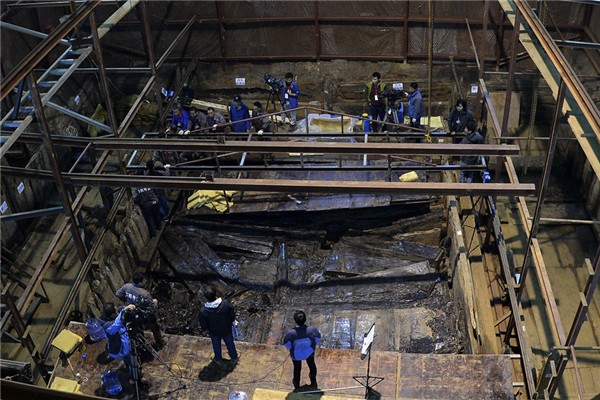Chinese archaeologists have unearthed a startling find. A portrait of Confucius was reportedly discovered along with a 2,000-year-old tomb believed to be the resting place of Haihunhou, the Marquis of Haihun.
"The Chinese characters on the screen include the names of Confucius, his father, Shu Lianghe, and one of his favorite disciples," said Zhang Zhongli, deputy chief of the excavation team in Jiangxi Province, in an interview with China Daily.
"These names are evidence that at least one of the two men painted on the screen is Confucius himself," Zhang added. He is also an archaeologist from Shaanxi Provincial Institute of Archaeology.
The portrait was discovered with a similar object after archaeologists pieced together a broken lacquer screen, which measured 50 to 60 meters wide and 70 to 80 meters tall, in the main chamber of the marquis' tomb.
Zhang and other experts believe that the text on the screen formed a part of a brief biography of Confucius. However, more evidence is needed to support such statement.
"We assume the tomb owner respected Confucius and had a Confucius portrait painted on the screen," shared Zhang. "After he died, his family buried his favorite screen with him, even though such screens were not conventional burial items in Chinese funerary customs."
Archaeologists have reason to believe that the tomb owner is in fact Liu He, grandson of Emperor Wu. If ever one of the two portraits discovered is indeed of Confucius, the finding is indicative that Confucius' teachings were widespread among Western Han dynasty's ruling class.
"This is the earliest portrait of the ancient sage discovered so far," said Xin Lixiang, who heads the excavation team. Xin is known as one of China's most trusted archaeologists, specializing in Qin and Han dynasties.



























